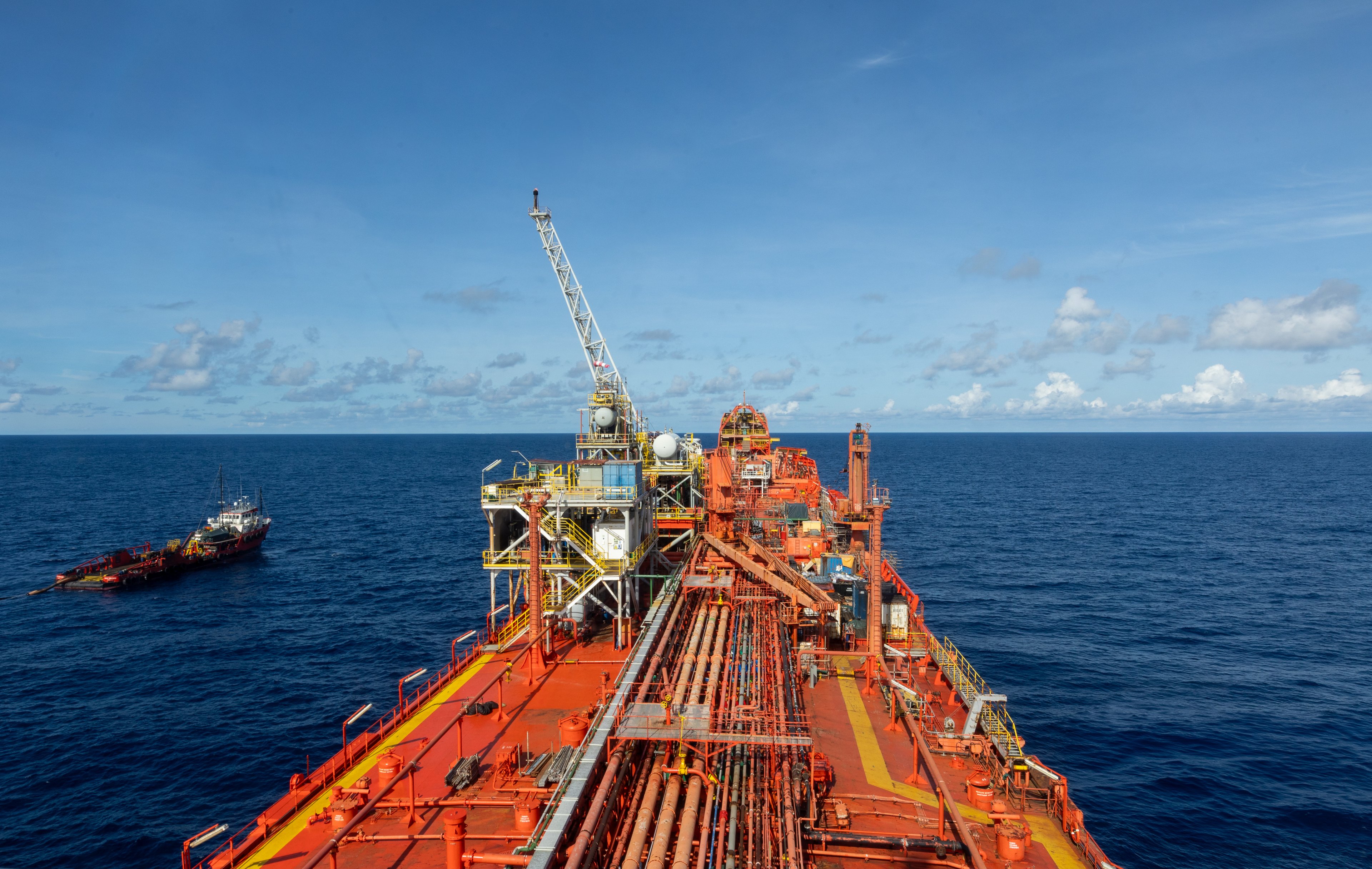Our Portfolio
Matahio has a growing presence in Southeast Asia and Australasia. Our multi-disciplined team operates from four operating centres: Malaysia, Singapore, New Zealand, and the Philippines.

Matahio has a growing presence in Southeast Asia and Australasia. Our multi-disciplined team operates from four operating centres: Malaysia, Singapore, New Zealand, and the Philippines.
Matahio wholly owns and operates three production permits in Taranaki, North Island, New Zealand.

Matahio also wholly owns the Puka (PEP 51153) exploration permit.
The Cheal operations are connected to and managed from the Cheal Production Facility, which supports the remotely operated Sidewinder site.
Cheal has been in production since 1995, with Sidewinder coming online in 2011.

The Cheal Production Facilities comprise the Cheal A production station located near Ngaere, in the central Taranaki region, remotely-operated B, C and E wellsites, and associated pipelines. The facility is operated with Operations and Maintenance partner Horizon Energy Services.
Oil and gas production is currently active from wells on A, B and E sites utilising a range of artificial lift technologies. Oil is exported via road transport to the nearby Omata Tank Farm at Port Taranaki and then shipped to the international market. Gas is exported to the FirstGas domestic pipeline network. The Cheal Facility also houses power generation capacity and can export power to the domestic grid if it becomes commercially attractive to do so.
Matahio has applied its tried and tested operations excellence processes to Cheal since assuming Operatorship in late 2019, resulting in substantially improved production performance. In 2023, production climbed to levels last seen in 2015, before drilling.
In Q2 2023, Matahio restarted drilling operations in Cheal after 6 years. marking the beginning of the next phase of its re-development. The B11 infill well was successfully drilled in 2023 and B12 was drilled in Q3 2024. Both wells will add circa 425 kbbls of 2P reserves.

The Sidewinder site, consisting of the full suite of oil and gas processing equipment, is a normally unmanned facility controlled directly from the main Cheal Production Facility. Oil is temporarily stored on-site before collection by road transport. Gas is treated to specification and exported directly into the FirstGas domestic pipeline network.

Following a comprehensive re-assessment of the permit's potential, including seismic reprocessing and application of state-of-the-art inversion workflows, Matahio plans to drill the Oru-2 exploration well in Q2 2025. The Oru Prospect lies adjacent to the previously produced Puka field and represents an exciting development opportunity to enhance production in New Zealand.
Service Contract 14C (Galoc Field) is located 60km northwest of Palawan Island, offshore of the Republic of the Philippines. Matahio Energy holds a 79% operating interest via its wholly owned local entity NPG, alongside domestic partners.

Galoc has been in production since 2008 and recently exceeded 24 MMstb recovered. The field produces 1,300bopd (Gross) via four subsea wells tied back to a Floating Production, Storage and Offloading (FPSO) vessel “Intrepid Balanghai”, which is also owned by Matahio. Since taking over as Operator, the Matahio team have halved the asset’s operating costs. Consequently, the field is expected to produce into the late 2020’s.
The FPSO and subsea facilities are managed by THREE60 Energy under a Life-of-Field Operations and Maintenance contract, supported by NPG's operations team in Manila and technical experts in Singapore and Kuala Lumpur.
Matahio Energy is the 100% owner of the FPSO Intrepid Balanghai, a Panama-flagged vessel with IMO 8009569 and classified by the American Bureau of Shipping (ABS).

Key technical specifications include:
The vessel is currently located at the SC14C Galoc Field, offshore Palawan in the Republic of the Philippines. The vessel is operated in partnership with THREE60 Energy as an Operations and Maintenance contractor. Matahio is actively seeking future redeployment opportunities for the FPSO, with a particular focus on opportunities in the Philippines.